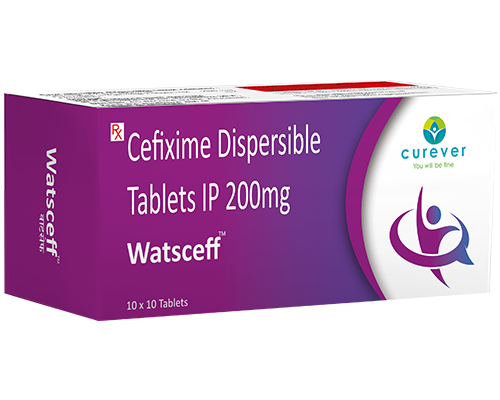
Company Name : Curever Pharma
Dosage Form : TABLET
Route of Administration : Oral
Therapeutic Category : Anti-Infective
Pack Size : Strip of 10 Tablets
**(Note : Prices are subject to change depending on the batch availability)
*** The Substitution of the prescription will be done after approval/consent of your Registered Medical Practitioner: By Reference Pharmacy Practice Guideline 2015. India
*** Please ensure that you have Original prescription ready to show our Pharmacist once he comes to deliver the medicines. In absence of Original prescription, we will unable to hand over the medicines.
| Preganacy Category Description | Either animal-reproduction studies have not demonstrated a fetal risk but there are no controlled studies in pregnant women, or animalreproduction studies have shown an adverse effect (other than a decrease in fertility) that was not confirmed in controlled studies in women in the first trimester i.e 0-14 weeks (and there is no evidence of a risk in later trimesters). |
| Drug Interaction with Molecules | Drug Interaction |
|---|---|
| Anticoagulants | Increased prothrombin time. |
| Carbamazepine | Elevated carbamazepine levels. |